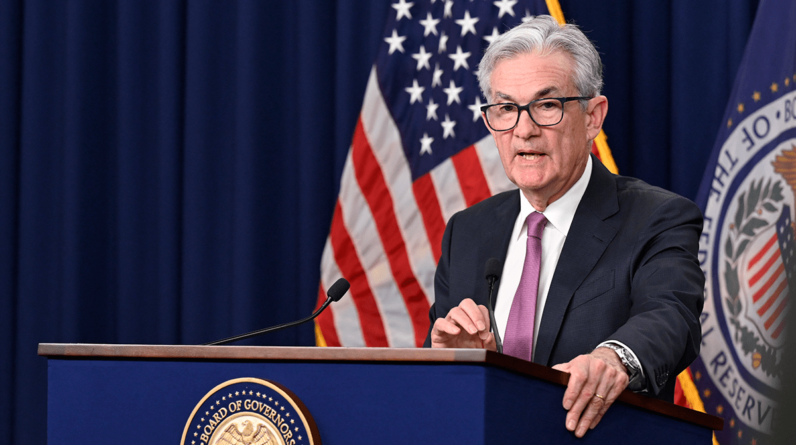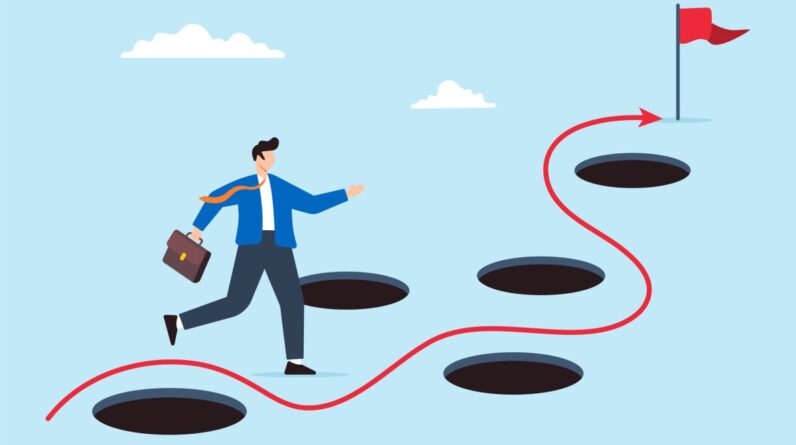
The world economy stared into the abyss on 16 March 2020. COVID-19 had sent country after country into lockdown, disrupting manufacturing supply chains and service sectors. Global US dollar liquidity had dried up, and recession risks were soaring. In Europe, credit default swaps on corporates traded with a default probability of around 38%. As confirmed COVID-19 cases soared from fewer than 10 in January to nearly 165,000, scientists speculated desperately on fatality and transmission rates.
Market participants, meanwhile, were on tenterhooks. As sentiment morphed from concern to panic, the crash began. The Dow Jones ended the day down nearly 3,000 points. The S&P 500 dropped 12%, and the NASDAQ fell 12.3%. It was the worst day for US equity markets since Black Monday in 1987.
Reprising its global financial crisis (GFC) playbook, the US Federal Reserve sought to calm the markets and extended immediate liquidity to prevent a pandemic-induced cross-market domino effect. Before the market opened on 16 March 2020, the Fed agreed to swap-line arrangements with five other central banks in an effort to ease the strain on the global credit supply. A few days later, the Fed entered similar agreements with nine other central banks.
But it wasn’t enough. Before the end of March, the Fed extended its provisions to even more central banks holding US Treasury securities, Saudi Arabia’s among them. These central banks could temporarily swap their securities held with the Fed to access immediate US dollar funding so they wouldn’t need to liquidate their Treasuries.
Liquidity support for US dollar borrowers will always be an option for the Fed. Such interventions show the central bank is committed to alleviating economic instability concerns and protect the economy from financial wreckage. In the short term.
But what about the long term? Does such swift — and often predictable — action heighten the vulnerability of the financial system? Does it create moral hazard for central banks and market participants?
The state an economy is in when crisis strikes is important. Thanks to stricter regulation and the evolving Basel Accords, banks today are more resilient and better capitalized than they were in the lead-up to the GFC. They are not the main concern. But the economy is holding more debt and is even more vulnerable to shocks. In 2020, total global debt soared at a pace not seen since World War II amid massive monetary stimulus. By the end of 2021, global debt had reached a record US $303 trillion.
This excess debt has created greater systemic risk, especially amid the recent surge in interest rates. Companies gorged on credit during the easy money era. Safe in the knowledge that policymakers would intervene during turbulent times, they failed to build a margin of safety.
Recent market volatility — the brutal faceoffs between bulls and bears — has been driven by speculation about what the Fed will do next. The back and forth has repeated itself often this year: Bad economic news sets the bulls running in anticipation of a potential Fed pivot to smaller hikes, while strong GDP growth or employment numbers feed the bears, raising the odds that the Fed will sticks to its guns. Now, as the December Federal Open Market Committee (FOMC) meeting approaches, the equity markets have caught a bid again on high hopes of a pivot.
The Fed first hiked rates this past March, so the current hiking cycle isn’t even a year old. Yet indebted firms are already showing strain. How many more hikes can they stomach, and for how long? Preventing runaway inflation is critical, but so is addressing the inevitable consequences through carefully crafted fiscal policies that take the whole economy into account.
As investment professionals, we have to anticipate the long-term challenge. Today, the threat is clear: The higher interest rate environment will expose financially leveraged corporations. That means that risk management has to be among our top priorities and we have to hedge the interest rate hiking cycle. Active asset and liability management require we look beyond the accounting impact and focus on the economic value of equity, among other metrics.
The bottom line is that amid economic turmoil, the solution to the imminent threat often creates more significant long-term dangers. We should avoid speculating as to when or whether central banks or regulators will intervene. We also need to remember that just as every economic downturn has unique causes, they also have unique cures.
If you liked this post, don’t forget to subscribe to the Enterprising Investor
All posts are the opinion of the author. As such, they should not be construed as investment advice, nor do the opinions expressed necessarily reflect the views of CFA Institute or the author’s employer.
Image courtesy of the US Federal Reserve
Professional Learning for CFA Institute Members
CFA Institute members are empowered to self-determine and self-report professional learning (PL) credits earned, including content on Enterprising Investor. Members can record credits easily using their online PL tracker.









